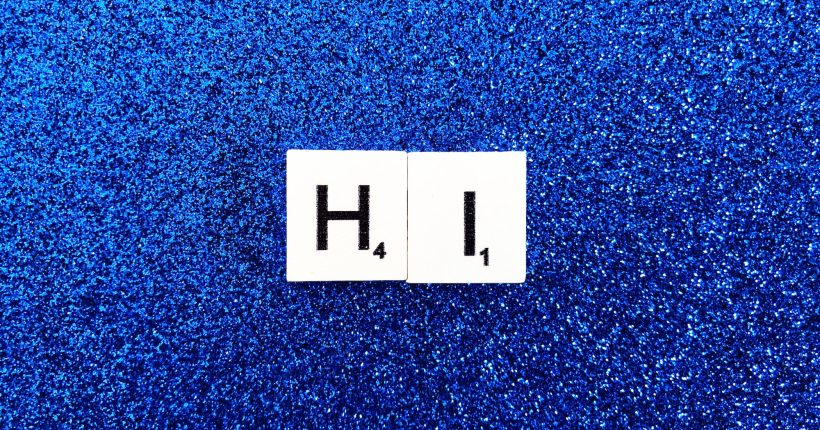The passive voice is sometimes used in English as well. In the active voice, the subject performs the action on something else; in the passive voice, the action is performed on the subject.
ACTIVE
–The doctor wrote a prescription.
PASSIVE
–The prescription was written by the doctor.
NOTE: In the passive, the object of the active verb becomes the subject.
To make the passive, use the appropriate form of the verb to be + past participle. Only transitive verbs are used in the passive:
Study Active and Passive Voice
| ACTIVE | PASSIVE |
| –Fred helps Jane. | — Jane is helped by Fred. |
| –He is helping her. | — She is being helped by him. |
| –He has helped her. | — She has been helped by him. |
| –He helped her. | — She was helped by him. |
| –He was helping her. | — She was being helped by him. |
| –He had helped her. | –She had been helped by him. |
| –He will help her. | — She will be helped by him. |
| –He is going to help her. | — She is going to be helped by him. |
Some Notes On Active and Passive Voice
Usually the by phrase is omitted in a passive sentence. The passive is used mainly when it is not known or not important to know who was responsible for the action:
–The house was built in 1960.
(The by phrase is left out because it is understood that builders built the house).
Have a look at our other grammar tutorials
You can also have a look more at British Council’s Site. Click on the link.
ACTIVE and PASSIVE VOICE



